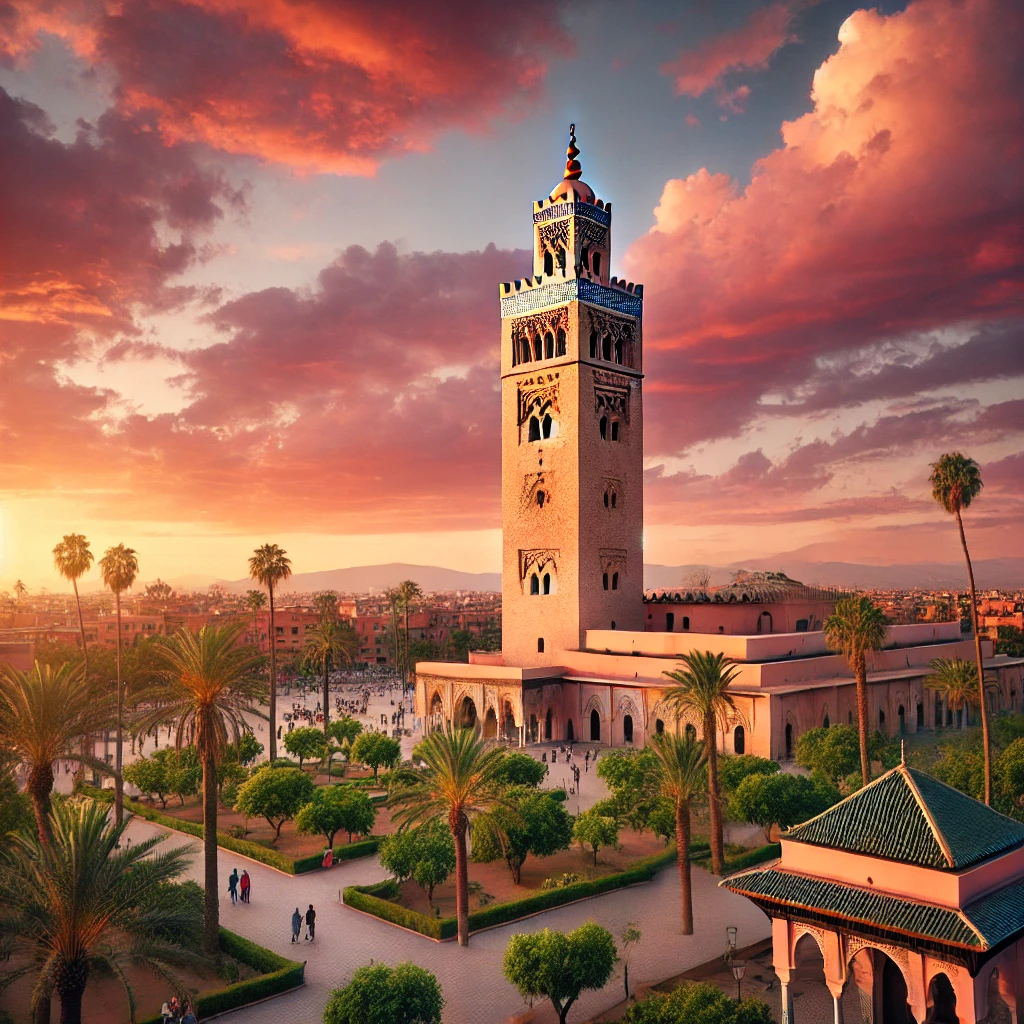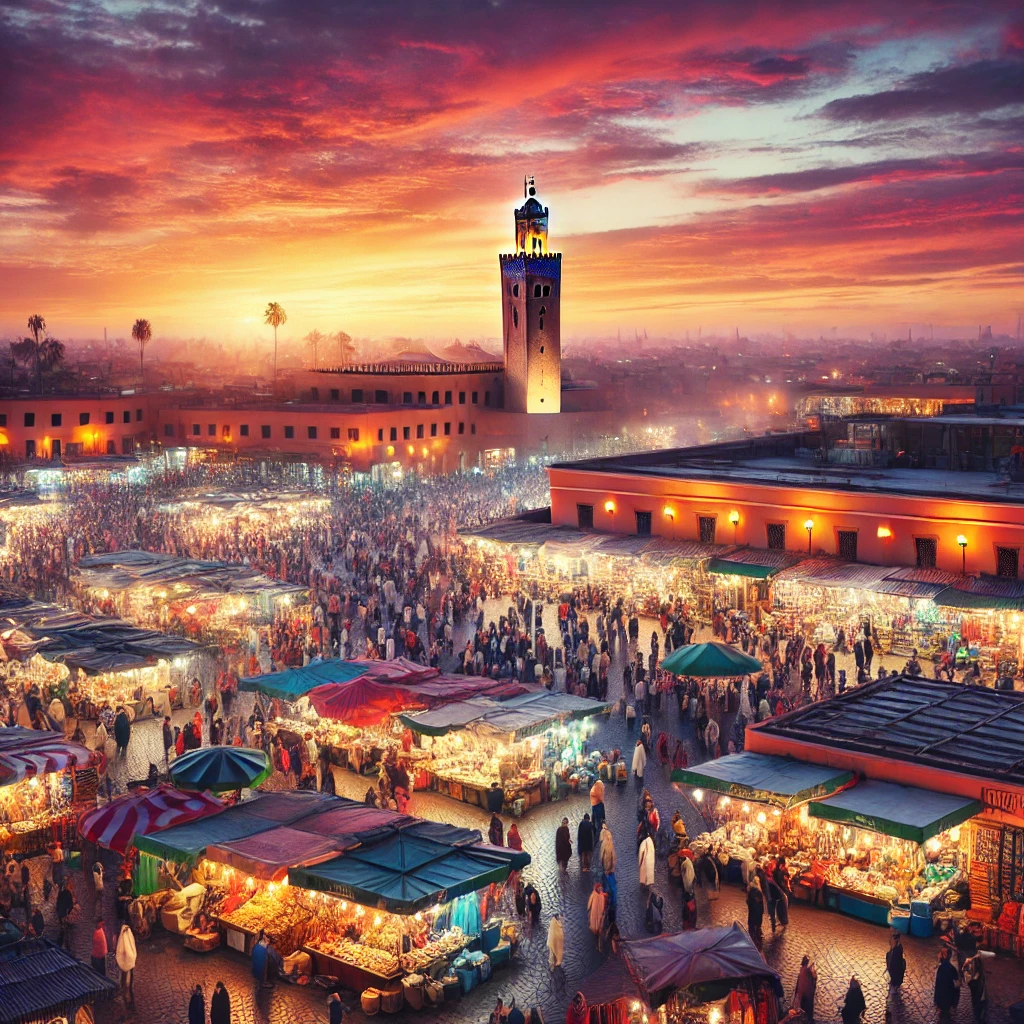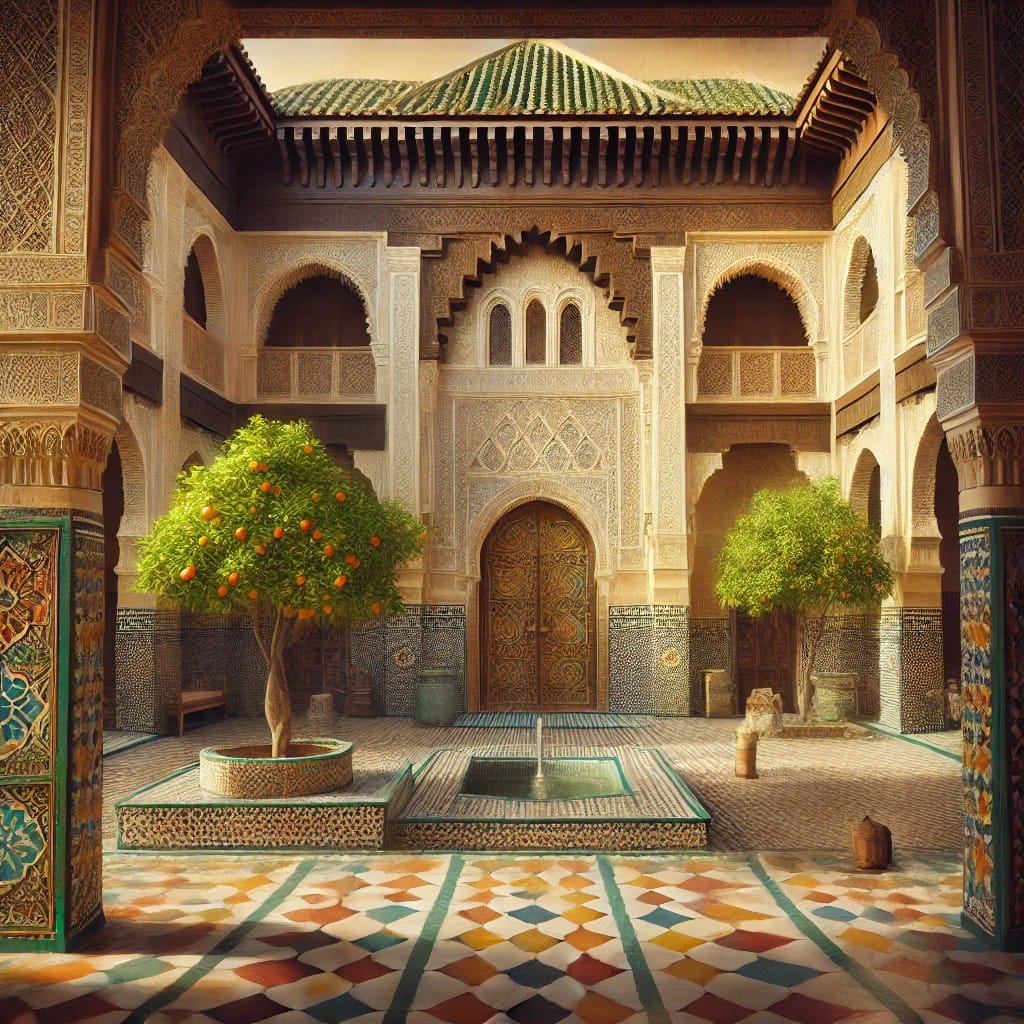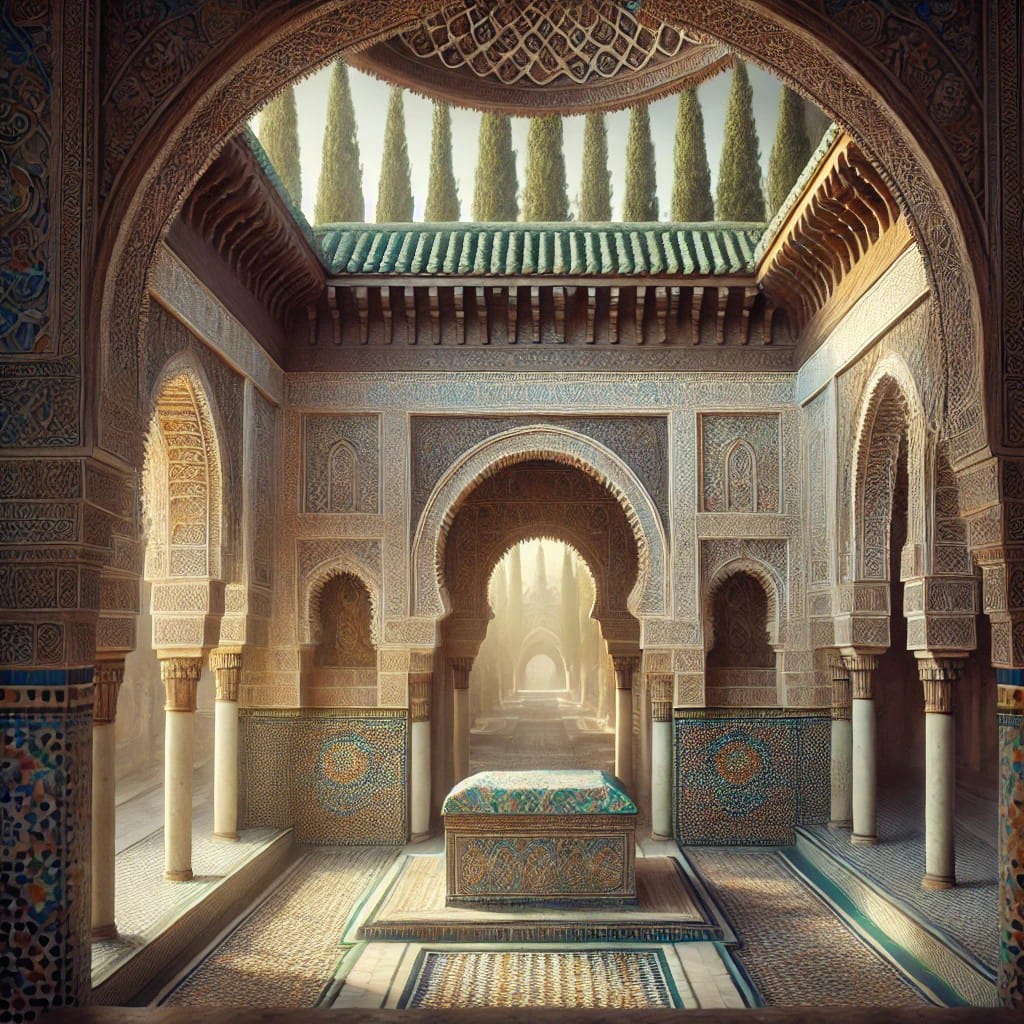The Koutoubia Mosque, known as the largest mosque in Marrakech, is one of the most significant and recognizable landmarks in Morocco. Located near the bustling Jemaa el-Fnaa square, it stands as a beacon of Islamic architecture and Moroccan heritage, drawing visitors from around the world.

A Symbol of Islamic Architecture
Built in the 12th century during the Almohad dynasty, the Koutoubia Mosque is a stunning example of traditional Moroccan and Andalusian design. Its 77-meter (253 feet) tall minaret, adorned with intricate carvings and arches, is visible from miles away, serving as a symbol of the city. This minaret has become a blueprint for other iconic structures in Morocco, including the famous Hassan Tower in Rabat and the Giralda in Seville, Spain.
The mosque’s name, “Koutoubia,” is derived from the Arabic word “koutoubiyyin,” meaning “booksellers,” as the area around the mosque was once home to a bustling book market. This cultural and intellectual heritage adds another layer of significance to the mosque’s history.
Architectural Grandeur and Design
The mosque is built in the traditional Almohad architectural style, characterized by large courtyards, horseshoe-shaped arches, and detailed stucco work. The interior features rows of arches and columns, creating a spacious prayer hall that can accommodate thousands of worshippers at a time.
Although non-Muslims are not permitted to enter the mosque, its grandeur and beauty can be appreciated from the outside. The surrounding Koutoubia Gardens offer a peaceful place for visitors to relax and take in the stunning views of the mosque, particularly at sunset when the minaret glows against the Marrakech sky.
The Koutoubia Minaret: A Symbol of Marrakech
The minaret of the Koutoubia Mosque is its most distinctive feature. Standing at 77 meters, it is the tallest structure in Marrakech, ensuring that no building in the city center can surpass its height—a rule that preserves the mosque’s status as a central landmark. The minaret is topped with four copper orbs, which are said to symbolize the power of the Almohad dynasty.
Built with sandstone and featuring detailed carvings, the minaret is an exquisite example of Almohad architecture. Its geometric patterns and ornamental motifs represent the artistry of the era, blending functionality with aesthetic beauty.
Spiritual and Cultural Significance
For locals, the Koutoubia Mosque is more than an architectural marvel; it is a place of deep religious significance. As the main mosque of Marrakech, it serves as a focal point for daily prayers, Friday congregations, and important religious celebrations, especially during Ramadan.
The mosque’s proximity to Jemaa el-Fnaa makes it a convenient stop for visitors exploring the city’s vibrant medina. Its towering presence helps guide travelers through the winding streets of Marrakech, offering a sense of orientation and connection to the city’s past.
Why Visit Koutoubia Mosque?
Visiting the Koutoubia Mosque is an essential part of experiencing Marrakech’s rich history and culture. Whether you’re an architecture enthusiast, a history buff, or someone seeking to immerse yourself in Moroccan heritage, the mosque offers a glimpse into the spiritual and cultural heart of the city.
With its stunning architecture, rich history, and central location, the Koutoubia Mosque remains a must-visit attraction for anyone traveling to Marrakech. It stands as a reminder of the city’s deep-rooted Islamic heritage and continues to inspire awe in visitors and locals alike.
Key Information for Visitors:
- Location: Near Jemaa el-Fnaa Square, Marrakech
- Visiting Hours: Non-Muslims are not permitted inside, but the exterior and gardens can be explored.
- Nearby Attractions: Jemaa el-Fnaa, Bahia Palace, and the Marrakech Souks.
In conclusion, the Koutoubia Mosque is not only a symbol of Marrakech but a lasting legacy of Morocco’s architectural brilliance and Islamic history. Its towering minaret, peaceful gardens, and historic significance make it an unmissable stop on any Marrakech itinerary.



